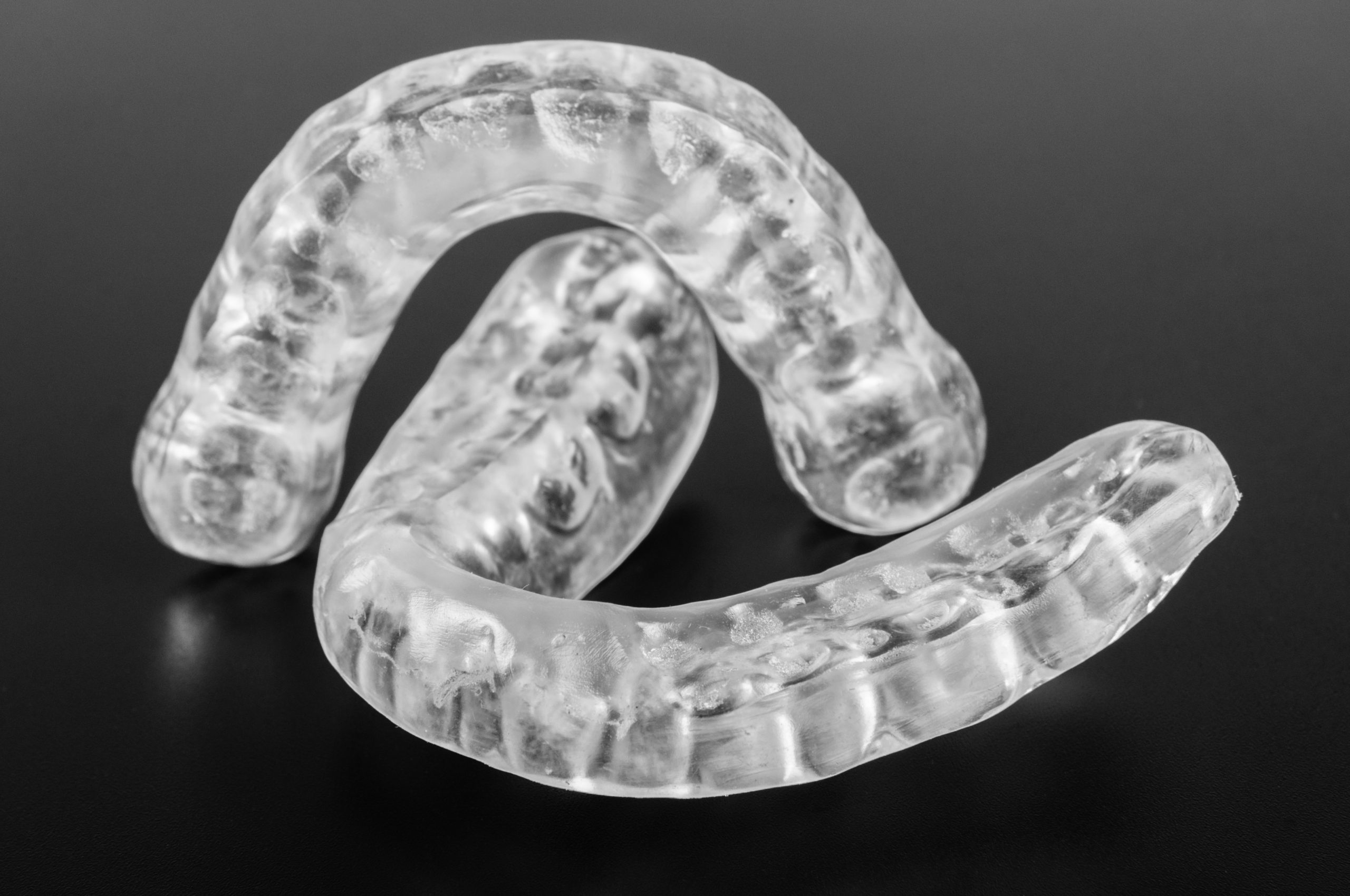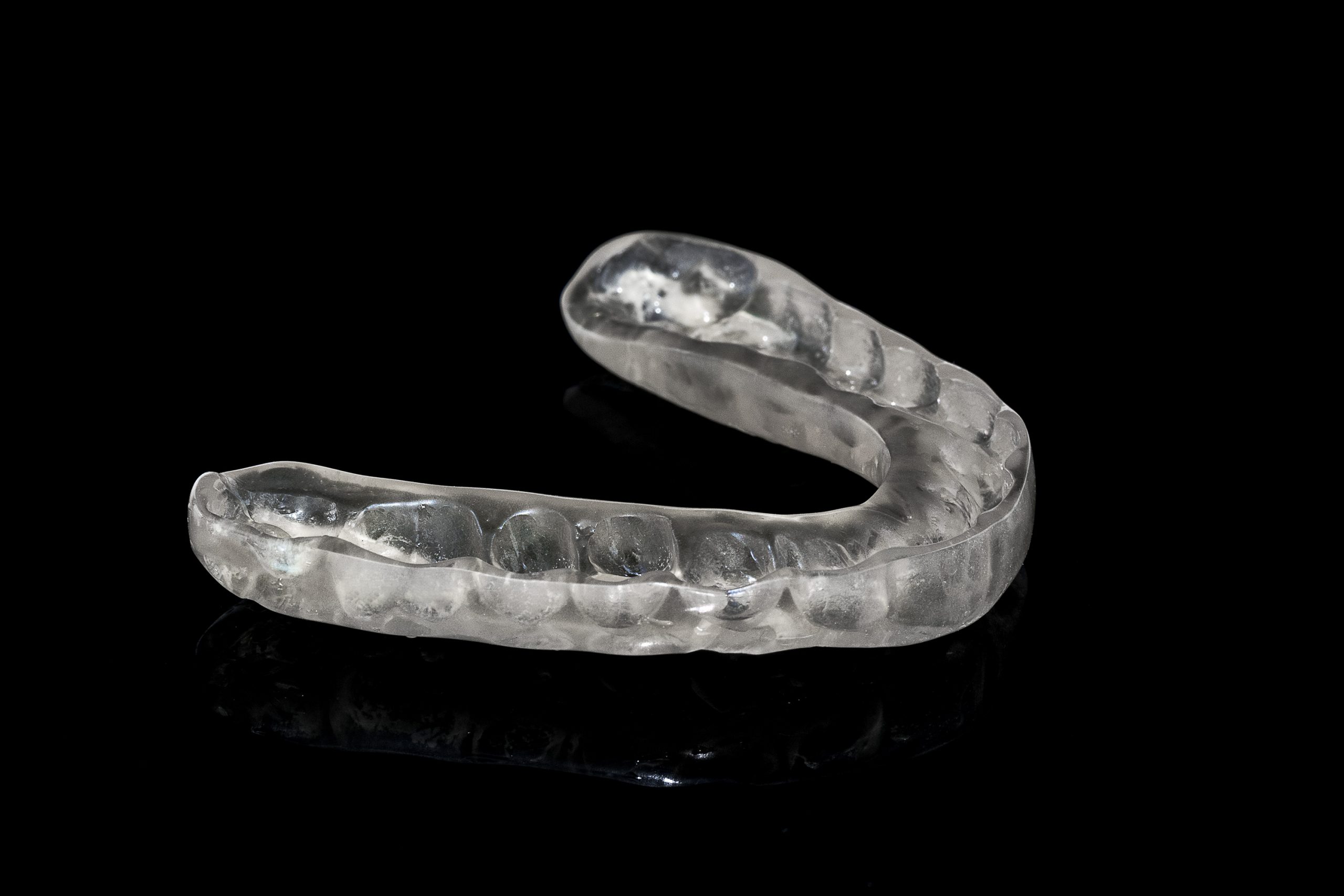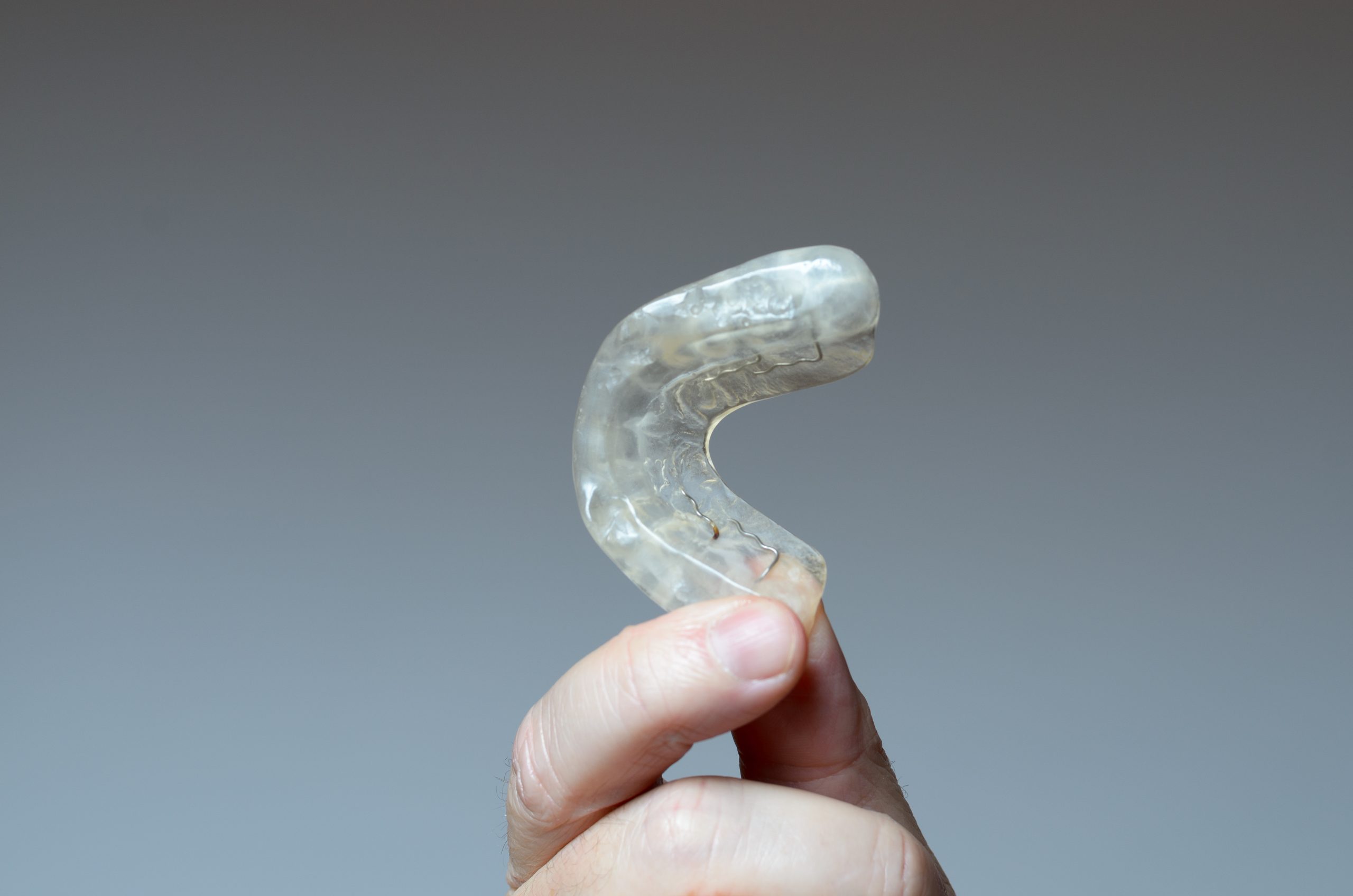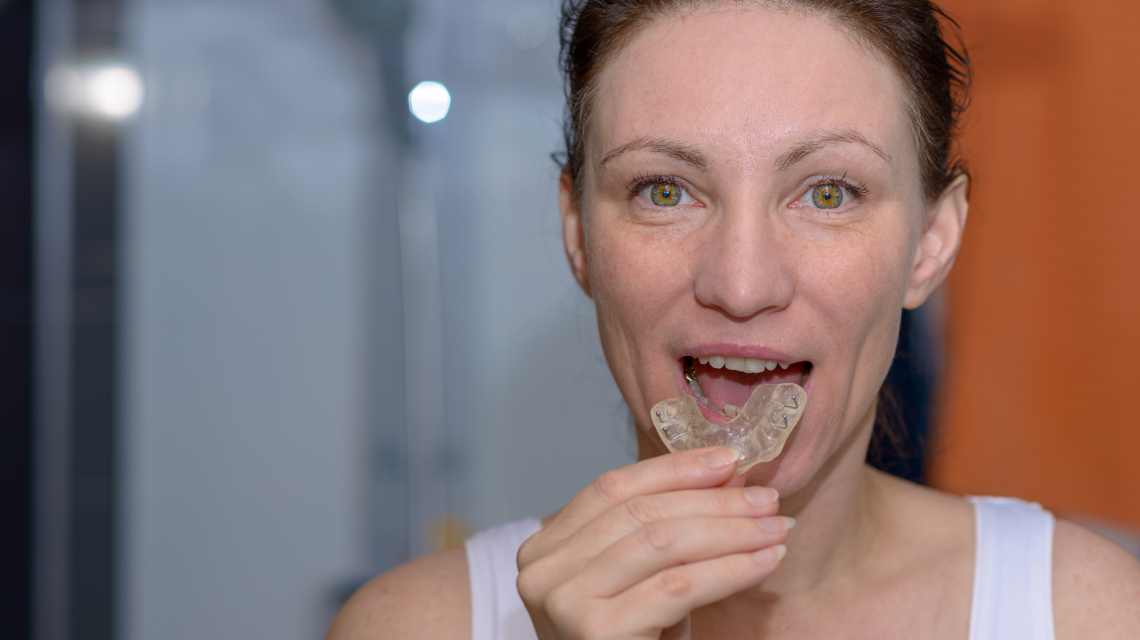Difference between a Splint and a Night Guard
Patients often tell me that they “tried a splint” and it didn’t help. Maybe they grind their teeth or maybe they have TMJ pain, or maybe they get a lot of headaches or muscle tension. So their dentist made them a “splint” and “it didn’t work”. Some dentists call these a “night guard”, and others “an appliance” or even use the name of the person that “invented” a new version of the same thing. So there are tons of different names out there for all types of dental appliances. What’s even more confusing is that many dentists don’t know the difference and don’t understand when to use which appliance. This article is meant as a basic guide to understanding the differences between various dental appliances. For more detail on this topic, please review other blogs or check out my YouTube channel.

SPLINT
The simple definition of a splint is an appliance that “splints” or attaches teeth together. In the past, dental splinting was used to attach weak teeth together because when teeth get loose, it hurts to chew on them. This procedure that splinted loose teeth together was based on the belief that attaching weak teeth together turned them into a single unit “that is stable and strong”. Typically, this was used on teeth that were weakened by gum disease where the supporting bone and periodontal tissue was lost. There is a lot written on this topic, but the reasons behind using this procedure came from the misunderstanding of how to treat the cause of teeth becoming loose to begin with.

Currently, the term “splint” is used for any appliance used to protect teeth from damage caused by grinding or clenching. However, the one very important piece of the clenching/grinding puzzle that gets missed by many who fabricate splints for their patients is the actual design of the appliance.
Typically what occurs is a dentist will take an impression, or a scan, send it to a lab, the lab makes a generic “splint” and the dentist gives that to the patient to wear. Most often, without adjusting the bite on the splint, this appliance will likely not help the patient, but in some cases may even do more harm.
NIGHT GUARD
A night guard is a better name for a splint. A night guard is what guards your teeth from getting worn away when you sleep if you are a tooth grinder (bruxer). Now if you grind your teeth, and a night guard is made for you, it still needs to be checked and adjusted for your mouth and bite so that the bite forces are evenly distributed across your posterior teeth. Many labs, when making a night guard, will simply duplicate the patient’s existing bite, but if that bite is actually the reason the patient is grinding, then you are simply reproducing the problem. Designing the night guard to help reduce or resolve the patient’s symptoms is the key to any dental appliance.

DEPROGRAMMER
A deprogrammer is a dental appliance (“splint”) used to “deprogram” facial muscles that are sore from clenching. This type of appliance is typically thicker in the front and eliminates posterior tooth contact so that all the contact is in the front. This is believed to reduce muscle activity and, as a result, eliminate muscle pain in patients who clench. The biggest issue with this type of appliance is that it’s often used incorrectly or too long. One of the challenges with over-use is that the teeth that are not in contact can erupt further, and/or the teeth that are in contact with the deprogrammer can get intruded, both causing changes in the bite that can result in pain and jaw issues. The other problem is lack of proper diagnosis. If the patient has any degenerative changes in the jaw joint, this appliance can do more damage.

ANALOGY
The bottom line is this: a splint is a name for all kinds of different designs of dental appliances. It’s like looking for “shoes”. If you go to a store to buy shoes and they give you high heels but you wanted to go running with your new shoes, it is highly likely that not only will you not be able to run well in the new high heels, you might also do some serious damage to yourself. So the design of the shoe understanding your body and your purpose for the shoes is key to getting you the shoes that are right for you.


